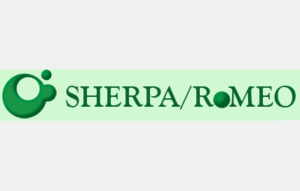Optimising Broiler Chicken Performance and Carcass Yield through Graded Dietary Inclusion of Vernonia amygdalina Leaf Meal
There is increasing interest in the use of plant-derived additives as alternatives to synthetic growth promoters in poultry production. Vernonia amygdalina (bitter leaf) is widely available in tropical regions and contains bioactive compounds with potential benefits for feed utilisation and animal performance. However, its efficacy in broiler diets at graded levels remains insufficiently documented. A total of 120 day-old Arbour Acre broiler chicks were randomly allocated to four dietary treatments in a completely randomised design. The diets consisted of a control with no Vernonia amygdalina leaf meal (BLM) (T1), and diets containing 0.15% (T2), 0.30% (T3), and 0.45% (T4) BLM. Each treatment was replicated across groups of birds, and the feeding trial lasted seven weeks. Data were collected on growth performance, feed intake, feed conversion ratio (FCR), carcass traits, and organ weights. Statistical analysis was carried out using ANOVA, with significance declared at p < 0.05. BLM inclusion did not significantly (p > 0.05) influence final body weight, weight gain, average daily gain, feed intake, or FCR. Nonetheless, numerical differences were observed: birds on T1 and T3 recorded relatively higher body weights and gains, while T1 and T4 exhibited better FCR. Carcass traits showed significant differences (p < 0.05) in live weight, dressed weight, and most primal cuts, except for dressing percentage and head proportion. Birds on T4 had the highest breast yield (63.99%), whereas T1 and T2 showed superior thigh yields. Organ proportions were significantly (p < 0.05) affected for the proventriculus, heart, spleen, small intestine, and gizzard, with the largest gizzard proportion observed in T4. The inclusion of Vernonia amygdalina leaf meal up to 0.45% in broiler diets did not compromise growth performance and enhanced specific carcass and organ traits. Its positive effect on breast yield and gizzard development indicates its potential as a sustainable phytoadditive in poultry nutrition. Adoption of BLM could reduce dependence on synthetic additives, improve carcass quality, and support eco-friendly production systems. Further studies should focus on optimising inclusion levels and exploring synergistic effects with other plant-based additives.
Keywords: Vernonia amygdalina, broiler chickens, growth performance, carcass traits, organ proportions, bitter leaf meal, poultry nutrition.




















